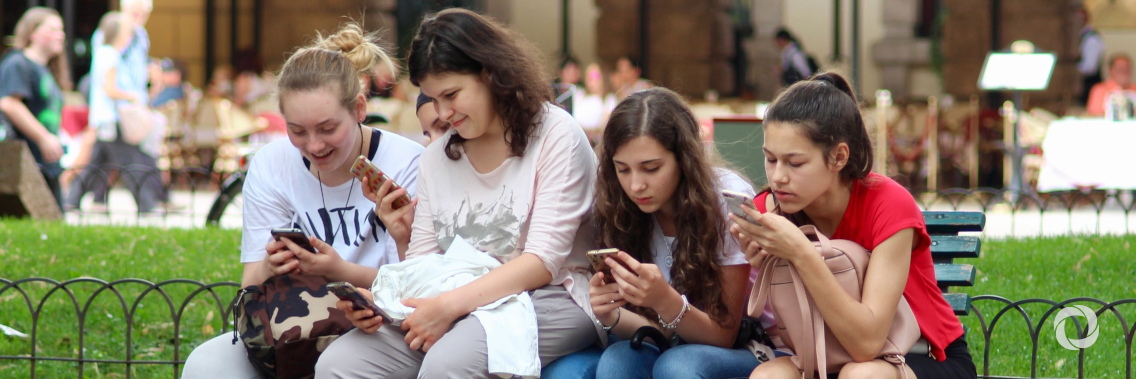The first-ever global trends for adolescent insufficient physical activity show that urgent action is needed to increase physical activity levels in girls and boys aged 11 to 17 years.
The study, published in The Lancet Child & Adolescent Health journal and produced by researchers from the World Health Organization (WHO), finds that more than 80% of school-going adolescents globally did not meet current recommendations of at least one hour of physical activity per day – including 85% of girls and 78% of boys.
The study – which is based on data reported by 1.6 million 11 to 17-year-old students – finds that across all 146 countries studied between 2001-2016 girls were less active than boys in all but four (Tonga, Samoa, Afghanistan, and Zambia).
The difference in the proportion of boys and girls meeting the recommendations was greater than 10 percentage points in almost one in three countries in 2016 (29%, 43 of 146 countries), with the biggest gaps seen in the United States of America and Ireland (more than 15 percentage points). Most countries in the study (73%, 107 of 146) saw this gender gap widen between 2001-2016.
The authors say that levels of insufficient physical activity in adolescents continue to be extremely high, compromising their current and future health.
“Urgent policy action to increase physical activity is needed now, particularly to promote and retain girls’ participation in physical activity,” says study author Dr. Regina Guthold, WHO.
The health benefits of a physically active lifestyle during adolescence include improved cardiorespiratory and muscular fitness, bone and cardiometabolic health, and positive effects on weight. There is also growing evidence that physical activity has a positive impact on cognitive development and socializing. Current evidence suggests that many of these benefits continue into adulthood.
To achieve these benefits, the WHO recommends for adolescents to do moderate or vigorous physical activity for an hour or more each day.
The authors estimated how many 11- to 17-year-olds do not meet this recommendation by analysing data collected through school-based surveys on physical activity levels. The assessment included all types of physical activity, such as time spent in active play, recreation and sports, active domestic chores, walking and cycling or other types of active transportation, physical education and planned exercise.
The highest levels of society, including national, city and local leaders, should promote the importance of physical activity for the health and well-being of all people, including adolescents.
“The study highlights that young people have the right to play and should be provided with the opportunities to realise their right to physical and mental health and wellbeing,” says co-author Dr. Fiona Bull, WHO. “Strong political will and action can address the fact that four in every five adolescents do not experience the enjoyment and social, physical, and mental health benefits of regular physical activity. Policymakers and stakeholders should be encouraged to act now for the health of this and future young generations.”
Globally, the prevalence of insufficient physical activity slightly decreased in boys between 2001 and 2016 (from 80% to 78%), but there was no change over time in girls (remaining around 85%).
The authors note that if these trends continue, the global target of a 15% relative reduction in insufficient physical activity – which would lead to a global prevalence of less than 70% by 2030 – will not be achieved. This target was agreed to by all countries at the World Health Assembly in 2018.
To increase physical activity for young people, governments need to identify and address the many causes and inequities – social, economic, cultural, technological, and environmental – that can perpetuate the differences between boys and girls, the authors said.
Original source: WHO
Published on 22 November 2019

